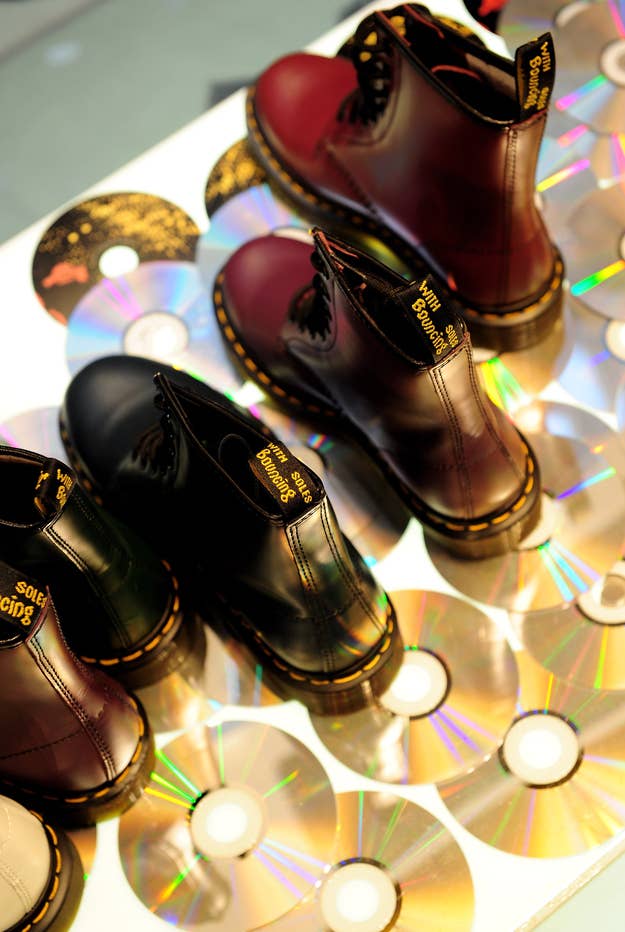
1945: A skiing accident and an idea.
While on leave from the army and skiing in the Bavarian Alps, Dr. Klaus Martens injured himself and came up with the idea for a shoe more comfortable than standard military-issued boots to wear during his recovery.
1947: A profitable partnership.
Martens teamed up with a college friend, Dr. Herbert Funck to perfect the design of boots featuring discarded rubber from German Air Force airfields. After successfully marketing the comfortable soles, housewives over 40 made up 80% of Dr. Martens sales.
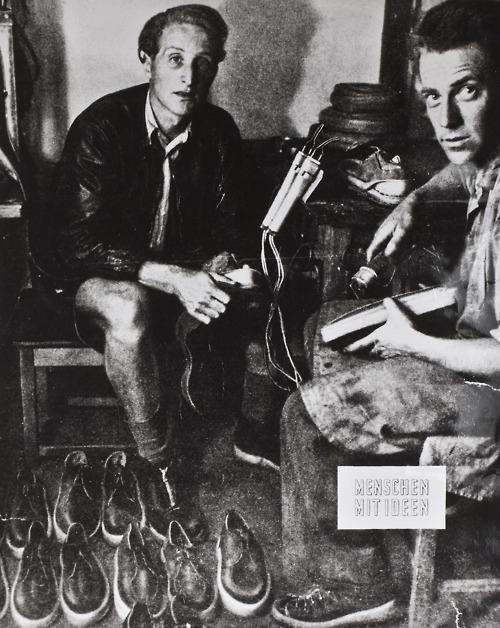
1952 to 1959: The first of the boom years.
Sales of Dr. Martens grew so rapidly that seven years after opening its first Munich factory, Martens and Funck started to consider taking the company international. Shortly thereafter, British shoe company R. Griggs Group Ltd. bought the patents to Dr. Martens' sole design in the UK and dubbed the technology AirWair.
1960: An international brand is born.
Dr. Martens, now under the AirWair name and with the Griggs family at the helm, opened its first UK outpost, the Cobbs Lane Factory, where it produced a boot called the 1460, still in production today. Buyers extended beyond the housewife set to include factory workers, postmen, and police officers.
1970s: Skinheads and violence.
This was the decade Dr. Martens experienced its first major wave of bad press, when the boots became popular among skinheads and associated with violence. Some at the time even called the boots themselves weapons.

1980s: Punk rock and musicians.
The skinhead movement gave way to the punk set, with bands like The Clash embracing the Dr. Martens look and the company raking in money off its solidified cool status among the trendsetters of the 80s' creative set.
1990s: Grunge and Disney.
While the grunge bands of the 90s followed their 80s punk counterparts in adopting Dr. Martens as part of their signature look, the boots began to lose their edge, especially when the likes of the new Mickey Mouse Club — including Britney Spears and Ryan Gosling — started wearing Dr. Martens on the show.
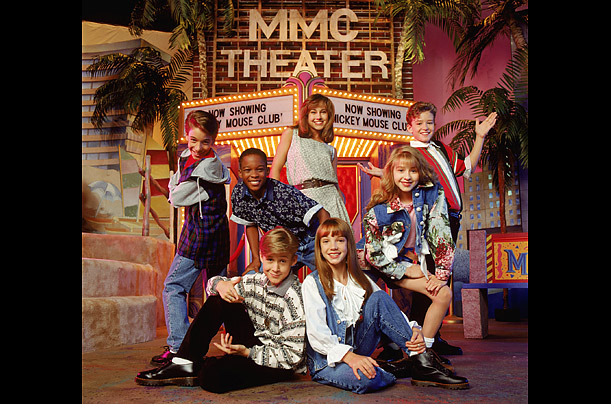
Early 2000s: A steep decline.
Dr. Martens experienced a significant decline in sales from 1999 to 2006, nearing bankruptcy in 2003. Revenue dropped from $412 million in 1999 to $127 million by 2006, and executives at AirWare International, Dr. Martens corporate moniker, scrambled to close up production shops everywhere except for China and Thailand.
2007: An advertising scandal and the road back to cool.
After using unauthorized depictions of Kurt Cobain and Joe Strummer, among other dead rock stars, wearing Dr. Martens boots in heaven, the company faces harsh criticism from the artists' estates, the media, and their fans.
Dr. Martens quickly changes course and, with a new agency in tow, started to focus on the high fashion community, getting its ads in Vogue and GQ, and even marching down the runways of New York Fashion week.
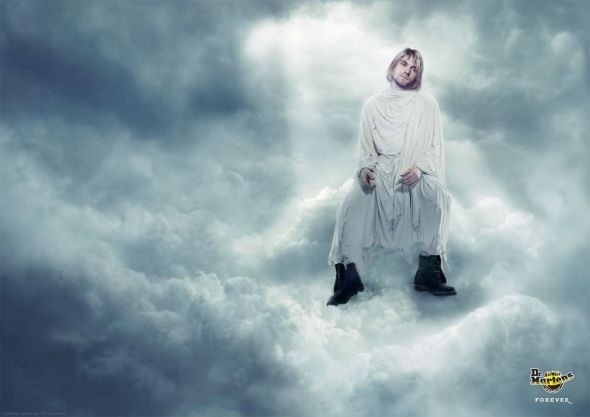
2012: Not for sale.
Last year, Dr. Martens declined bids from private equity firms that reached over $350 million. The company cited "difficult economic conditions" which lead them to feel that the bid was undervalued.
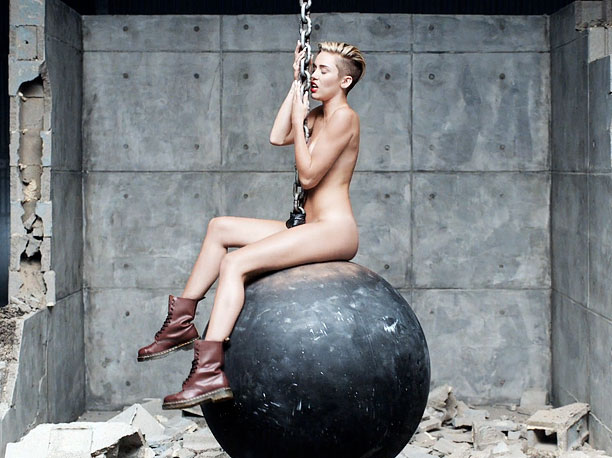
2013: Permira Partners pays nearly half a billion dollars for Griggs' stake.
On the heels of being thrust into the spotlight by Miley Cyrus and after months of speculation that Dr. Martens was looking for a buyer, today, the private equity firm shelled out $485.3 million to the R. Griggs Group for Dr. Martens. The deal, which Barclays advised, places Dr. Martens in the same portfolio as Hugo Boss and Valentino. Primera says it will nurture Dr. Martens' heritage.
